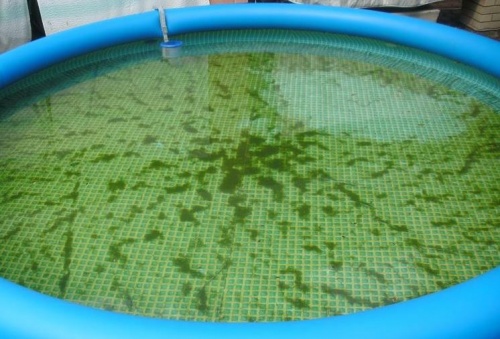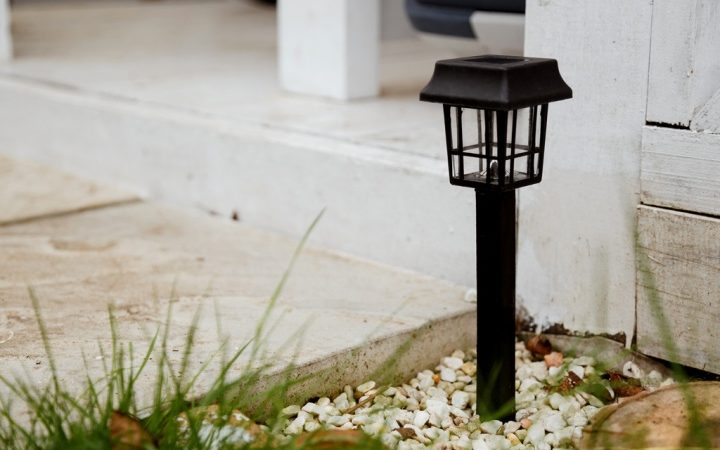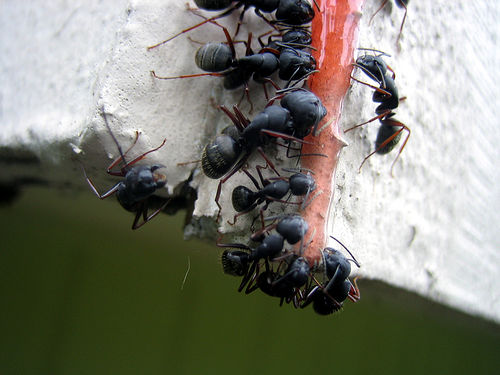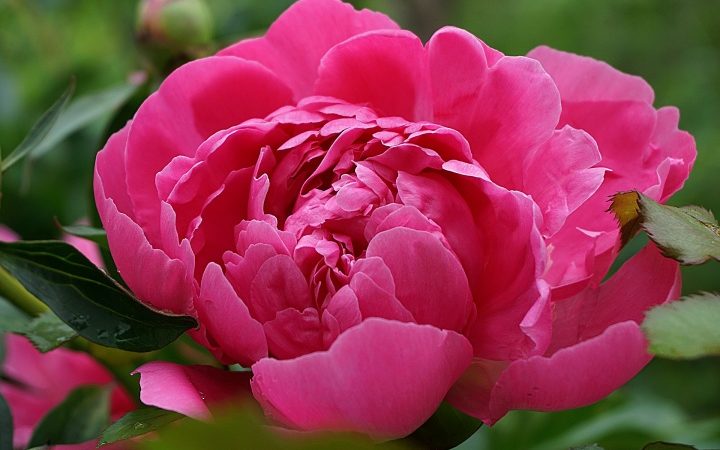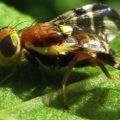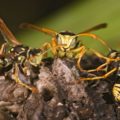How do we determine when and how much nutrients our flowers need?
Many times we find that we do everything we can to keep the plant in the right place for our needs and water it, yet it just stings, yellows, leaves fall and does not grow.
In this case, we may suspect a lack of nutrients. Potted plants use the nutrients in pots in about four months. Therefore, it is important to dissolve the plants. There are rules to this too. It is generally recommended to dissolve the nutrient solution from March to September and to leave it to rest in winter.
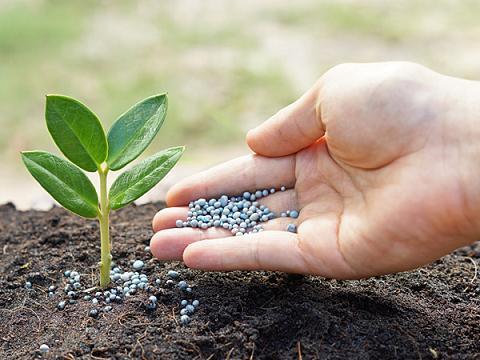
Exceptions to this are winter flowering varieties. It is not recommended to fertilize more often and more intensively than prescribed, as it may burn the plant. Always feed only properly moist soil! Silky, hairy leaves, pines and ferns are very sensitive to strong and foliar fertilization.
Nut bar or nutrient solution?
Plants take up nutrients from the soil through their roots in a form dissolved in water. However, with their intensive metabolism, the nutrient content of the relatively small mass of soil is quickly approached.
There are several ways to replenish a nutrient:
- by irrigating nutrient solutions into the soil,
- by spraying nutrient solutions on foliage or
- stuck in the ground food bars using.
While nutrient solution or foliar spraying is a regular preoccupation every 1 to 3 weeks, placing the rods in the ground provides the necessary nutrients for the plants for 6 to 8 weeks or even 3 months.
Using a feeding rod
Let’s take a look at what food bars are on the market!
| Name of fertilizer | nutrient names | duration of effect |
|
Celaflor guanos feeding rod |
N, P, K |
4-6 weeks |
|
Substral (red) feeding rod |
N, P, K |
2 months |
|
Compo stem family (separate orchid, flowering plants, leaf ornamental plants, |
complex fertilizer |
100 days |
|
Garri general feeding rod |
N, P, K, Mg, Fe, Zn |
4-8 weeks |
|
Terrasan feeding rod family |
N, P, K |
6 weeks |
On the packaging of the feeding bars, the information shall indicate how many pieces of feeding bars need to be inserted into the ground for a given size of pot. During irrigation, the soil is moistened, and the water in the soil dissolves the fertilizer from the feed bar, which is utilized by the plant through the roots. They are especially recommended for flowers that require regular watering.
Self-feeding nutrient solutions
The Self-Dispensing Nutrient Solution for Flowering Plants, a member of the Fito family of nutrient solutions, is a specially developed ampoule, the tip of which is cut off and the cut end is inserted into the ground to ensure nutrient replenishment in the pot for 2-3 weeks. Of course, the effect is only exerted on moist soil. This medium contains the following macro- and microelements: N, P, K, Mg, Mn, Mo, B, Zn, Cu.
Food rod insecticide
A specific type of food rods is an insecticide-supplemented food rod. The active ingredient acetamiprid released from the feed rod is absorbed by the plants through their roots, is systematized in the plant, so it reaches all parts of the plant. It also effectively writes insects that penetrate the protected corners of the plant. It has a quick killing effect against aphids, shield lice, thrips and flours that infect houseplants. The advantage of its use is the fast effect, easy and safe application in winter, even indoors.
It can also be used for the preventive treatment of balcony plants intended for wintering, especially if there was a problem with pests in the previous year. Before introducing the plant (eg levander, citrus fruits, geraniums, indoor ficus, palms), insert an appropriate amount of nutrient rod into the soil of the plant.

